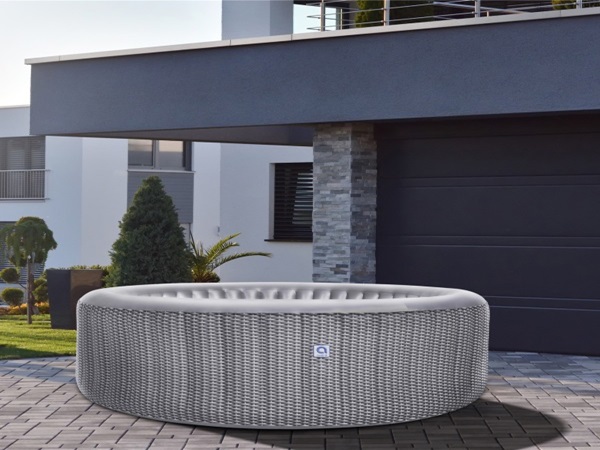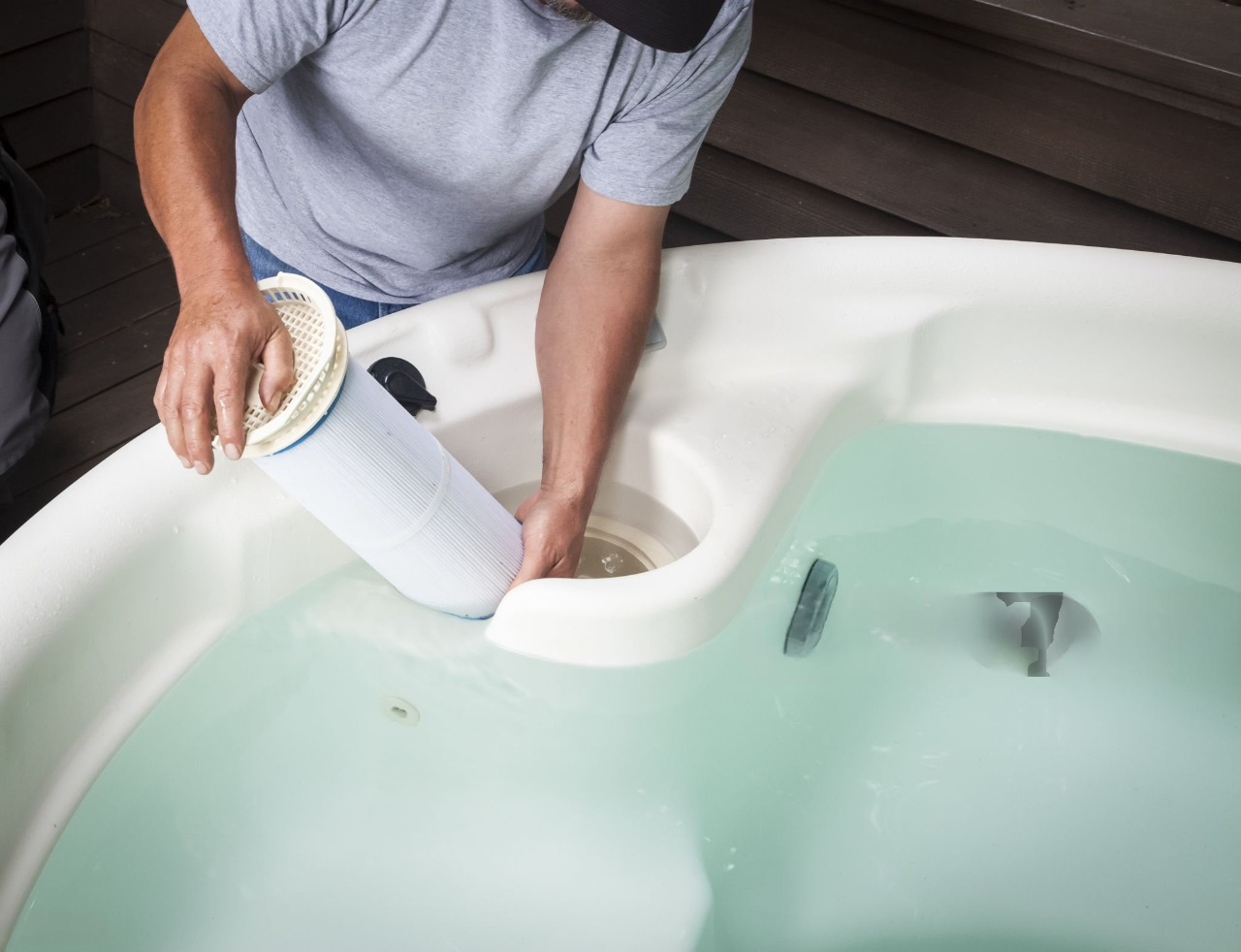Living with arthritis can be a daily struggle. The stiffness, inflammation, and persistent joint pain can limit movement and reduce quality of life. While medication and physical therapy are often essential parts of treatment, many people seek natural, non-invasive ways to find additional relief. One popular and effective option? Soaking in a hot tub.
Why Heat Therapy Works for Arthritis
Heat therapy has long been recommended for arthritis sufferers. When applied to sore joints, warmth helps increase blood flow, relax tight muscles, and reduce pain signals sent to the brain. Hot tubs take this concept further by immersing the entire body in warm water, offering widespread relief and relaxation.
Here’s how hot tubs help ease arthritis symptoms:
1. Increased Circulation
Warm water promotes better blood flow. As circulation improves, more oxygen and nutrients are delivered to painful joints, helping to reduce inflammation and speed up the body’s natural healing processes. For people with arthritis, this means less stiffness and more freedom of movement.
2. Buoyancy Reduces Joint Pressure
When you’re submerged in water, the buoyancy supports your body weight and reduces the pressure on joints—especially those in the knees, hips, and spine. This relief can make simple movements like stretching or walking feel easier and less painful. It’s why water-based physical therapy is commonly used for arthritis rehabilitation.
3. Relaxation of Muscles and Connective Tissues
Hot water helps relax tight muscles and connective tissues that often contribute to joint pain. This relaxation not only eases discomfort but also improves flexibility and range of motion—two things that are often compromised in arthritis sufferers.
4. Pain Relief Without Side Effects
Unlike pain medications, which may come with side effects or potential dependency, hot tub therapy offers a natural form of pain relief. Regular soaks can reduce reliance on over-the-counter or prescription medications and offer a calming, restorative experience.
Best Practices for Using a Hot Tub for Arthritis Relief
If you’re considering using a hot tub as part of your arthritis care routine, here are a few tips to maximize benefits and stay safe:
-
Keep Water Temperature Safe: Ideal water temperature for arthritis therapy is between 92°F and 100°F (33°C to 38°C). Avoid overheating, as water that’s too hot can cause fatigue, dizziness, or cardiovascular strain.
-
Limit Soak Time: A 15- to 20-minute soak is usually enough. Spending too long in hot water can be dehydrating and counterproductive.
-
Stay Hydrated: Drink water before and after using the hot tub to avoid dehydration.
-
Incorporate Gentle Movement: While in the hot tub, perform gentle stretches or range-of-motion exercises. The warm water environment makes it easier and more comfortable to move.
-
Talk to Your Doctor: Before starting any new therapy—especially if you have heart issues, diabetes, or are on medications that affect circulation—check with your healthcare provider.
A Holistic Addition to Your Arthritis Treatment
A hot tub isn’t a cure for arthritis, but it can be a powerful complement to your treatment plan. The combination of warmth, buoyancy, and gentle hydrotherapy makes it an appealing option for those looking for natural ways to manage symptoms.
Many people report better sleep, less morning stiffness, and an improved sense of well-being with regular hot tub use. That’s because pain relief isn’t just physical—it’s emotional too. Relaxing in warm water can ease anxiety, lift your mood, and help you feel more in control of your body.
Choosing the Right Hot Tub
If you’re shopping for a hot tub to help with arthritis symptoms, look for:
-
Easy-access steps and handrails
-
Adjustable water jets for targeted massage
-
Seats with good support and varied depths
-
User-friendly controls
Some models even offer built-in programs specifically designed for hydrotherapy and pain relief.
Final Thoughts
Dealing with arthritis is a lifelong journey, but natural therapies like hot tub use can make that path more manageable and less painful. Whether you’re seeking relief from joint stiffness, muscle tension, or simply want to unwind at the end of the day, a warm soak could be just what your body—and mind—need.

